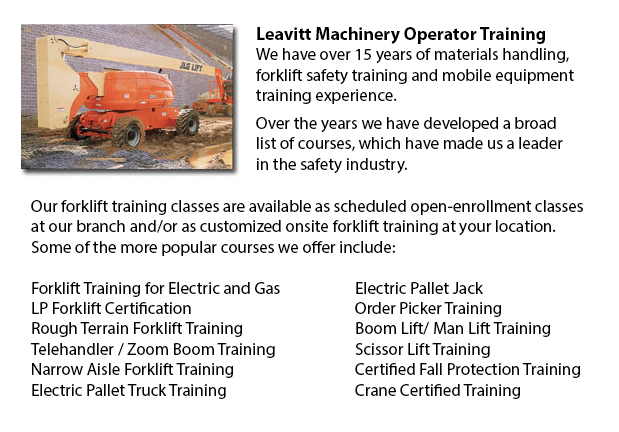
Coquitlam Aerial Lift Certification - Aerial Lift Certification is for workers who require a thorough knowledge of aerial lift safety. Construction craftsmen, supervisors and maintenance workers need this training to make certain that operators and inspectors are qualified. Provincial, state and federal regulations require businesses to be certified in order to carry out in-house aerial lift inspections.
Regardless of differences in the kind of work being carried out, all workers who work at elevated levels usually use the same means to access the needed height. Scissor lifts and aerial lifts are the mechanized machines made use of to lift workers and equipment to elevated places.
Bucket trucks or cherry pickers are boom-supported aerial platforms. The primary hazards related to boom-operated platforms are tip-overs, falls and electrocutions. Certification makes sure that workers who use aerial lifts are correctly trained in order to safely operate the machine. Training likewise guarantees that workers know how to maintain aerial work platforms based on the manufacturer's instructions.
Training covers the following lifts: Aerial lifts that are mounted to vehicles, Boom-supported scissor lifts and aerial lifts. Trainees would gain an understanding of the causes and results of aerial lift incidents, and would learn safe operating procedures. They would become technically competent in the various types of aerial lifts, in addition to components and terms. From interpreting rated capacity charts to choosing the right aerial lift for the job, the certification program will provide workers with everything they must know in order to carry out their work safely.
Inspectors and supervisors who have the job to inspect aerial lift devices need to know how to check booms, gears, structural components, operating mechanisms, functions and control systems, braking systems, power plants, attachments, pins and shafts, electric and pneumatic components, hydraulic, emergency safety devices and operator aids, et cetera. Training will include the following: the role of the inspector in reducing liability exposure and accidents; monthly and annual inspection; how to perform a pre-use; how to apply and interpret rules regarding aerial lift safety standards; how to write inspection reports; techniques and checklists; inspection procedures; following record keeping requirements; applying and understanding the three levels of aerial lift inspection; and when to remove aerial lifts from service if they are defective.
-
Coquitlam Crane Certification
Coquitlam Crane Certification - The Crane Certification training program consists of subject matter recommended by industry concerning the safe and efficient operation of cranes. Trainees will be taught the following: how to identify cranes and their... More -
Coquitlam Crane Training Courses
Coquitlam Crane Training Courses - A crane is a kind of equipment designed to move, lift and lower heavy stuff. A crane is usually equipped with a hoist, sheaves, and chains or wire ropes. Cranes are used in the manufacturing, construction and transp... More -
Coquitlam Boom Lift Safety Training
Coquitlam Boom Lift Safey Training - Boom lifts are a kind of elevated work platform or aerial lifting device which are usually used in industry, warehousing and construction. Boom lifts can be utilized in virtually any setting due to their versatili... More -
Coquitlam Boom Lift Training
Coquitlam Boom Lift Training - Aerial platforms or also known as elevated work platforms are devices which allow workers to carry out duties and tasks at elevated heights that would not be otherwise reachable. There are different aerial lifts availab... More -
Coquitlam Forklift Certification Schools
Coquitlam Forklift Certification Schools - Forklift Certification is mandatory within North America. Hence, forklift training programs are important both for businesses and for people looking for jobs in industries as operators of forklifts. Forklift... More -
Coquitlam Wheel Loader Training
Coquitlam Wheel Loader Training - Normally, the different types of heavy equipment training are divided into 2 categories of equipment: those that have rubber tires and tracked vehicles. Tracked vehicles include items like for instance bulldozers, ex... More -
Coquitlam Heavy Equipment Training Schools
Coquitlam Heavy Equipment Training Schools - There are a lot of heavy equipment training schools to choose from. If you would like to get to the best, it is important to examine several factors of the school to be able to determine the level of educa... More -
Coquitlam Telehandler Training Courses
Coquitlam Telehandler Training Courses - Employers are responsible for making sure that their supervisory and operating personnel are trained to work proficiently making use of telehandler equipment. The skill level of workers should be assessed. If... More

Forklift Certification Coquitlam
TOLL FREE: 1-888-254-6157
Coquitlam, British Columbia
forkliftcertificationcoquitlam.com
Email Us
About Us


